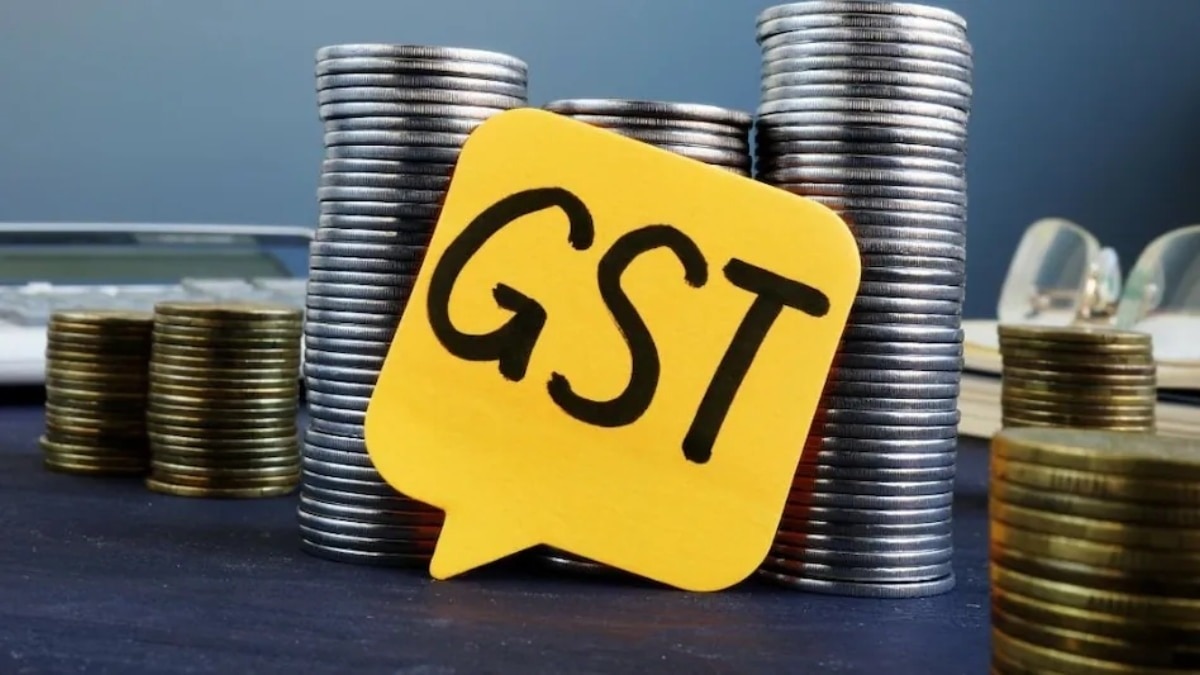Central and state government officials have started discussions on rationalising the Goods and Services Tax, with sources telling Business Today TV that a three-tier rate structure is also among the options on the table.
This would imply three slabs of either 8 percent, 16 percent and 24 percent, or 9 percent, 18 percent and 27 percent.
Both options include provisions for the abatement of goods of basic necessity and differential treatment for sin goods like cigarettes, tobacco, and pan masala.
The broader aim of these discussions is to simplify the GST framework and enhance its efficiency. Top-level meetings have taken place in recent weeks to explore deeper structural reforms, moving beyond incremental adjustments that have so far fallen short of addressing systemic complexities.
The sentiment within the government is that a fundamental rethinking of the rate structure and its implementation is required to reduce compliance burdens and make the tax system more predictable.
Officials believe the timing is right for such a reset. With GST collections stabilising and the compensation cess—designed to offset state revenue losses—set to expire soon, there is room to introduce changes without disrupting fiscal stability.
The number and design of rate slabs have emerged as a key focus area. Industry groups and tax experts have repeatedly flagged the current multi-slab structure as confusing and compliance-heavy. A simplified three-rate framework is seen as a potential solution, supported by clearer rules and more consistent enforcement mechanisms.
At the same time, there are concerns over dual oversight by central and state tax authorities, which often leads to overlapping jurisdiction and inconsistencies. Businesses have also raised issues about the conduct of field officers, calling for a more facilitative approach in tax administration.
The GST Council had formed a group of ministers in 2021 to examine possible rate changes, but progress has been slow due to lack of consensus among states. Proposals such as dual rates or applying thresholds for luxury goods pricing remain on the table, though experts caution that these changes could risk adding new layers of complexity if not implemented carefully.
India’s gross GST collections for June stood at Rs 1.84 lakh crore, up 6.2% year-on-year, reflecting steady economic activity. However, the figure marks a decline from previous months, with collections of Rs 2.37 lakh crore in April and Rs 2.01 lakh crore in May. The latest dip in monthly revenue could add urgency to ongoing discussions on restructuring the GST regime.







